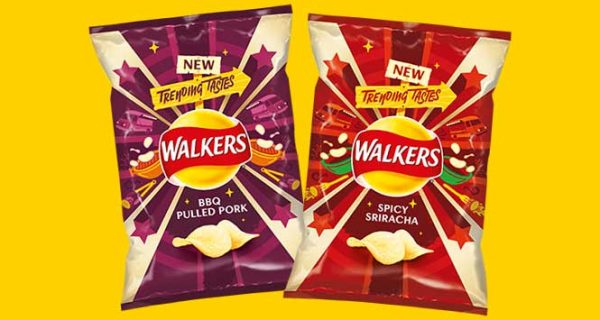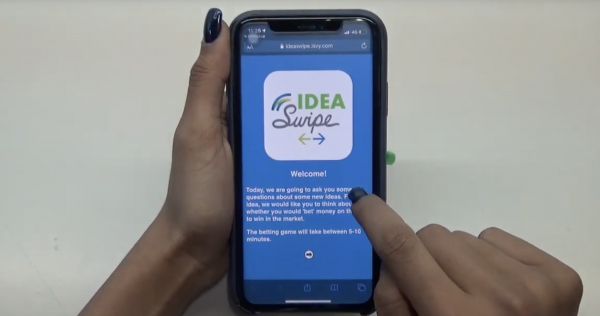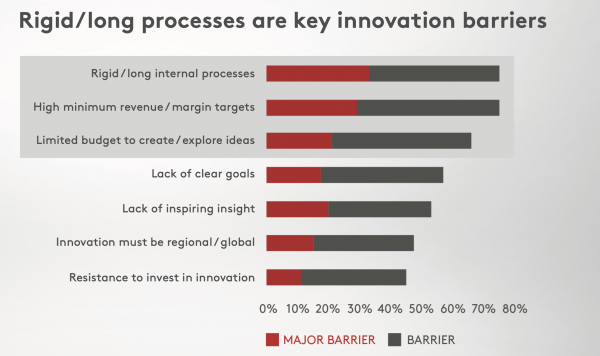A recent FT article highlighted how big consumer goods companies are harnessing rapid, digitally-enabled insight to reignite growth, following years of sluggish sales (1). Revenues at the top 30 global consumer goods companies grew only +0.4%/year in 2013-18 vs. 4.5% in 2007-2012, according to Bain.
The FT findings are very much in line with our brandgym research we posted on here: ‘The Innovation Squeeze: How Brands Have to Innovate Faster and Cheaper’. In particular, big brands need to create, explore and evaluate ideas much faster: over 1/3 of companies take 1-2 years+ to get ideas from insight to approval, not even to market.
Below we look at some specific ways to use rapid insight, drawing on the article and our own brandgym projects where we’ve partnered with insight agencies featured by the FT.
1. Highlighting emerging needs
“Big brands are often caught off guard by trends such as veganism or high-protein ‘Paleo’ diets and have to scramble when new brands start to take market share,” according to the FT article. Social analytics can help big brands uncover emerging trends, by drawing on data from multiple sources (social media, online forums, product reviews etc.).
But big brands need to do more than just highlight trends that are ‘hot’. They need to create products that will sell enough to stay on supermarket shelves; major retailers may stock smaller, insurgent brands with relatively low rotation for the perceived image benefits they bring, but are not as lenient with big brands. Here, artificial intelligence (AI) software can help “figure out which early trends are destined for mass adoption,” as mentioned in the FT article.
Pepsico used this approach to create two new flavours to update the Walkers crisp brand: BBQ Pulled Pork and Walkers Spicy Sriracha. “Ingredient and flavour options were ranked according to the volume and quality of online conversations, as well as the potential for scale,” explains the FT. Consumer testing results suggest the new products have potential, with with 90%+ of consumers saying they would purchase the new flavours, according to Andy Hawkswell, Marketing Manager at Walkers (2).

2. Quick evaluation
Long and rigid innovation processes reflect a reliance on conventional quantitative research, according to our own study. The popular pre-market BASES test, for example, typically requires $100k+ and 12 weeks for a full concept and product test. New insight techniques allow concept evaluation in days or even hours, not weeks. We often use quick-fire, overnight concept tests to inject topline data live into brand strategy workshops, allowing teams to take decisions on the spot, not days or weeks later.
Unilever’s Idea Swipe tool for quick concept evolution was inspired by dating app Tinder: swipe right if you like it or swipe left if you don’t! “Unilever says the app delivers better quality data more quickly than older survey techniques, and it has tested about 5,000 ideas in more than 25 countries since it was launched in 2019,” according to the FT.

3. Uncovering habits and rituals
Understanding consumer habits ‘in situ’, such as how they prepare and cook food, used to be a time consuming and costly process, especially on an international basis. New insight techniques harness smartphone video and WhatsApp-style quick, conversational surveys to do this work much quicker and at lower cost. The resulting findings are also quicker and easier to analyse; you can search for video footage that mentions a specific brand or product including translated sub-titles, for example.
We used this approach on a recent project for a biscuit brand, allowing us to capture immersive insight into how kids consumed biscuits on the way home from school. This helped understand the role the brand played in peoples’ lives and also highlighted product and packaging innovation opportunities.
The above examples show how rapid digitally-enabled techniques can help teams generate insights quicker and cheaper. However, big brand companies still have the challenge to then approve and launch these ideas at speed. Our own research highlights two barriers to overcome, both related to how new products are launched: high revenue targets and limited budgets to prototype and explore ideas. Progressive marketers are breaking these barriers by using fast, real-life evaluation of ideas, such as ‘soft launching’ new products in eCommerce. These ‘launch & learn’ methods have the advantage of measuring not intention to buy but rather actual behaviour.

In conclusion, new insight techniques provide big brands with the opportunity to raise their innovation game, by highlighting emerging needs with the potential to achieve scale, and then rapidly exploring and evaluating ideas. Time will tell if this is enough to fight back against the threat of smaller insurgents, but there are some early signs of progress. Organic sales at the top 30 global companies grew 2.9% last year, the best performance since 2013, according to Bain (1).
Sources:
(1) https://www.ft.com/content/abc231ac-c288-11e9-a8e9-296ca66511c9
